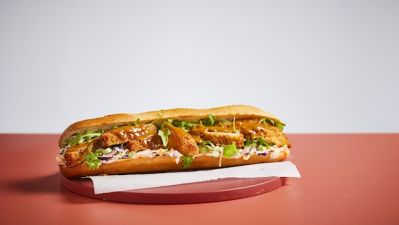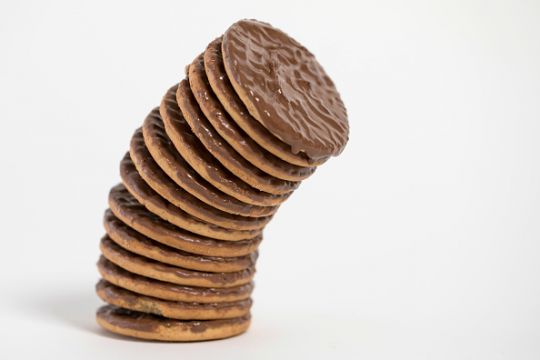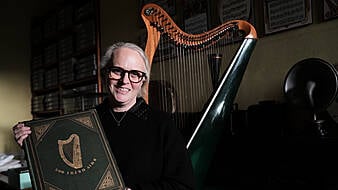Men eat fewer crisps and women eat fewer chocolate biscuits when portion sizes are clearly marked on packaging, according to new research.
Parallel studies carried out by the Economic and Social Research Institute's behavioural research unit aimed to find out how people react when information on how much they are consuming is brought to the forefront of food packaging.
Volunteers in both studies received the same snacks, but just half of the packs had portion sizes and nutritional information in a table, as normal.
The others had additional white stripes that marked out where one portion ended, and the next began.
In the first study, men were more likely to eat the whole can of potato chips than women, but significantly reduced their consumption when visual cues were involved. The number of men eating more than the recommended portion fell by 33 per cent, while the effect on women was not so marked.
The second study monitored household consumption of chocolate biscuits sent to family homes in gift packs.
This time when the person receiving the biscuits was female, households were more likely to eat more than the recommended portion per person per day, but less likely when the visual cues were displayed.
The number of households eating more than the recommended portion fell by 26 per cent.
Households with children were also less likely to open packs with portion size markings.

Two findings were consistent across both studies. Firstly, the markings reduced consumption among those inclined to consume the most. Second, consumers were far more likely to notice the markings than the portion size written in the standard nutritional information table.
The research also found widespread confusion about where portion size information comes from. Many consumers believe it is a health recommendation from the Government when, in fact, portion sizes are determined by the product manufacturer.
“Changes to the format of information can change how it is perceived,” said Dr Deirdre Robertson, the lead researcher on the study.
“Displaying portion size information as highly visible stripes influenced how much attention consumers paid to it and how much they ate. Controlled experiments like these can provide objective evidence about how people understand, attend to and act on nutritional information.”







